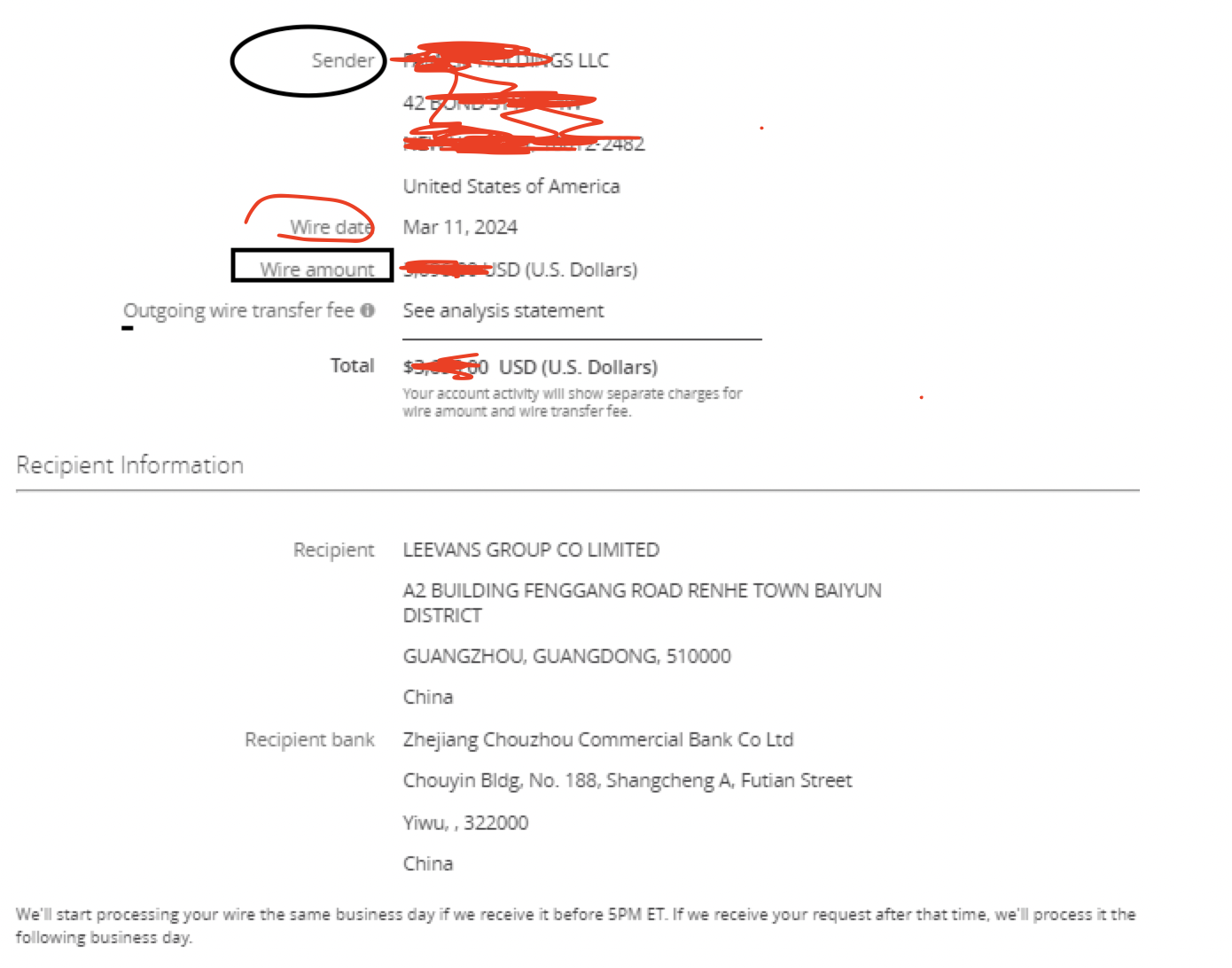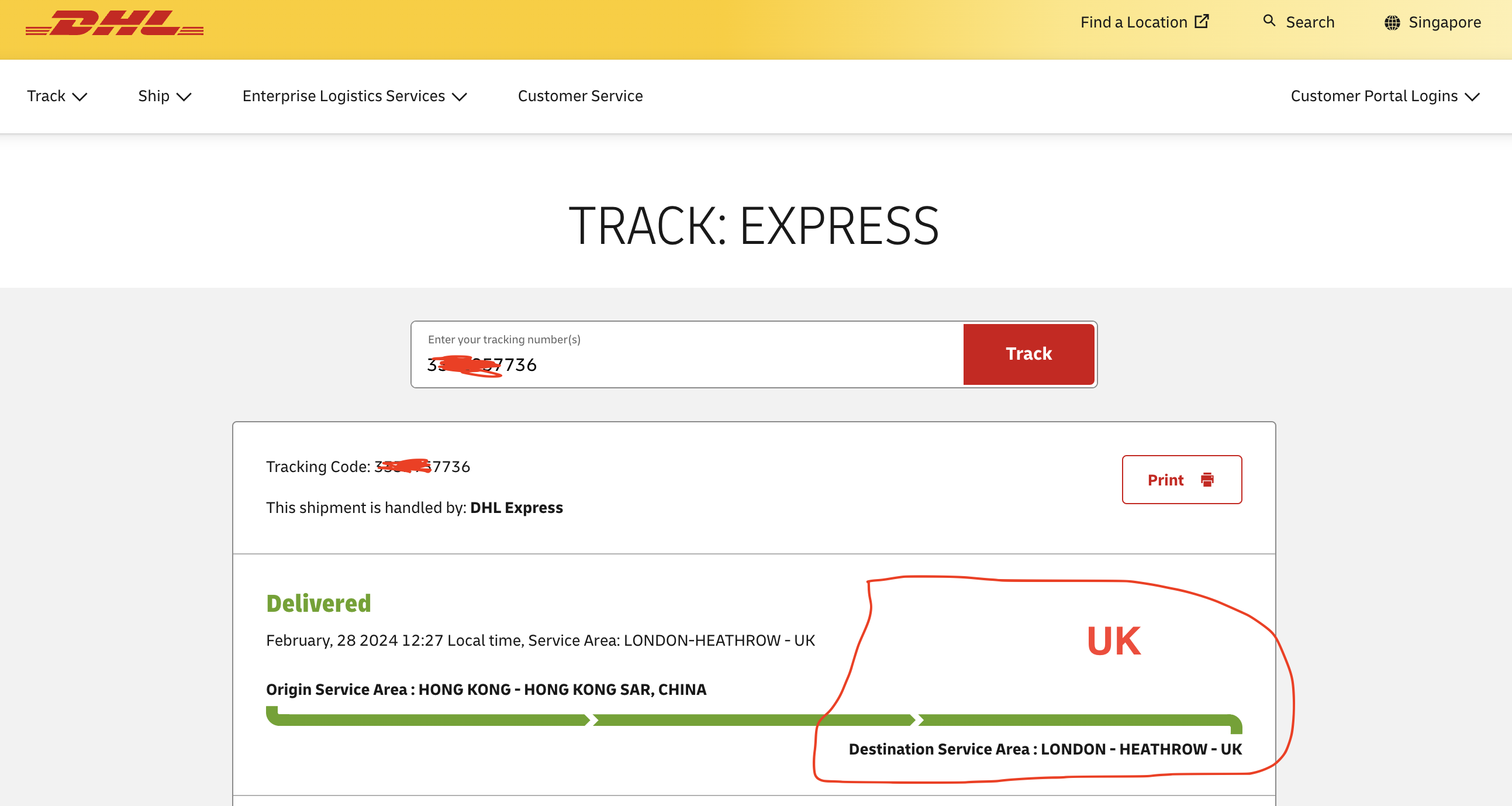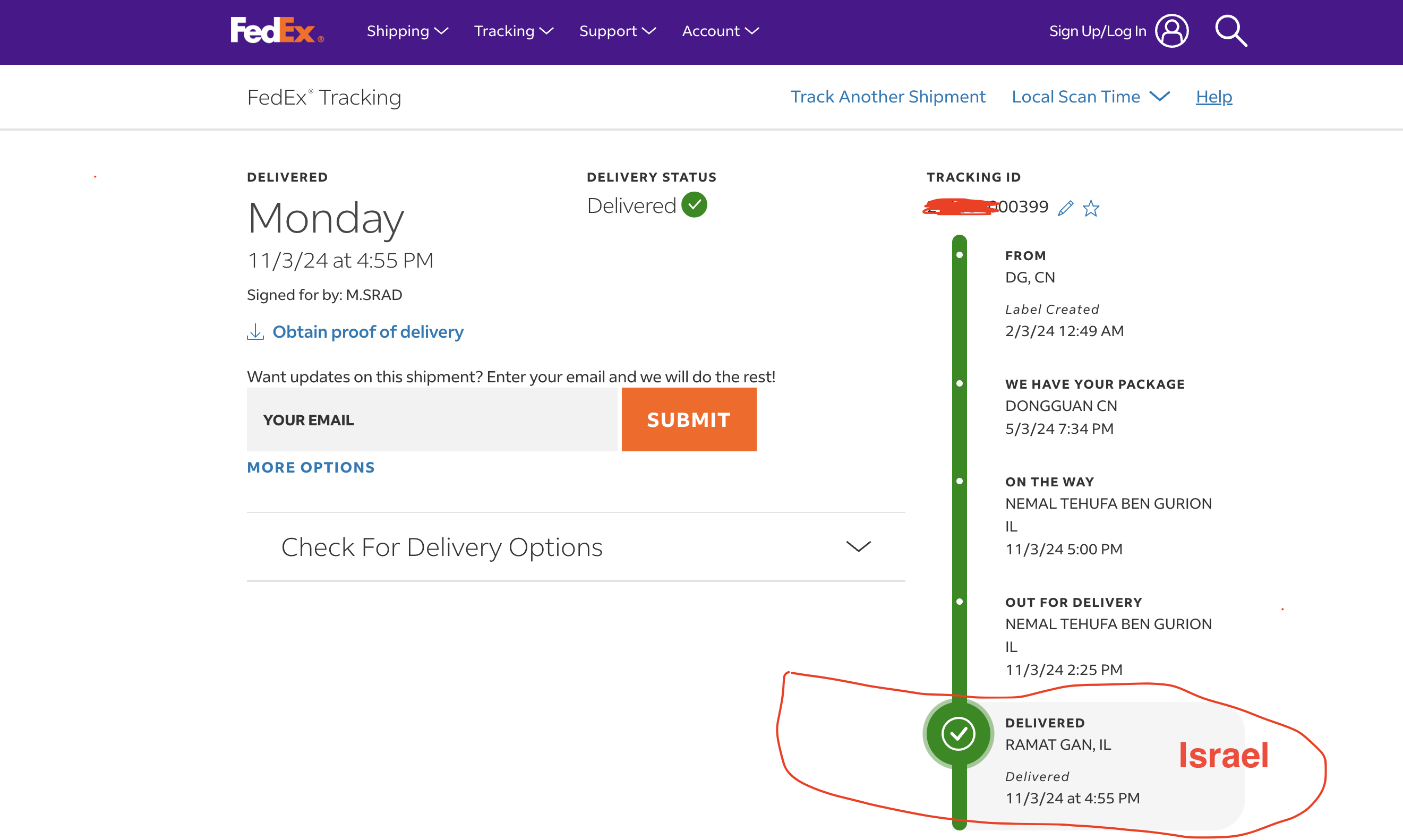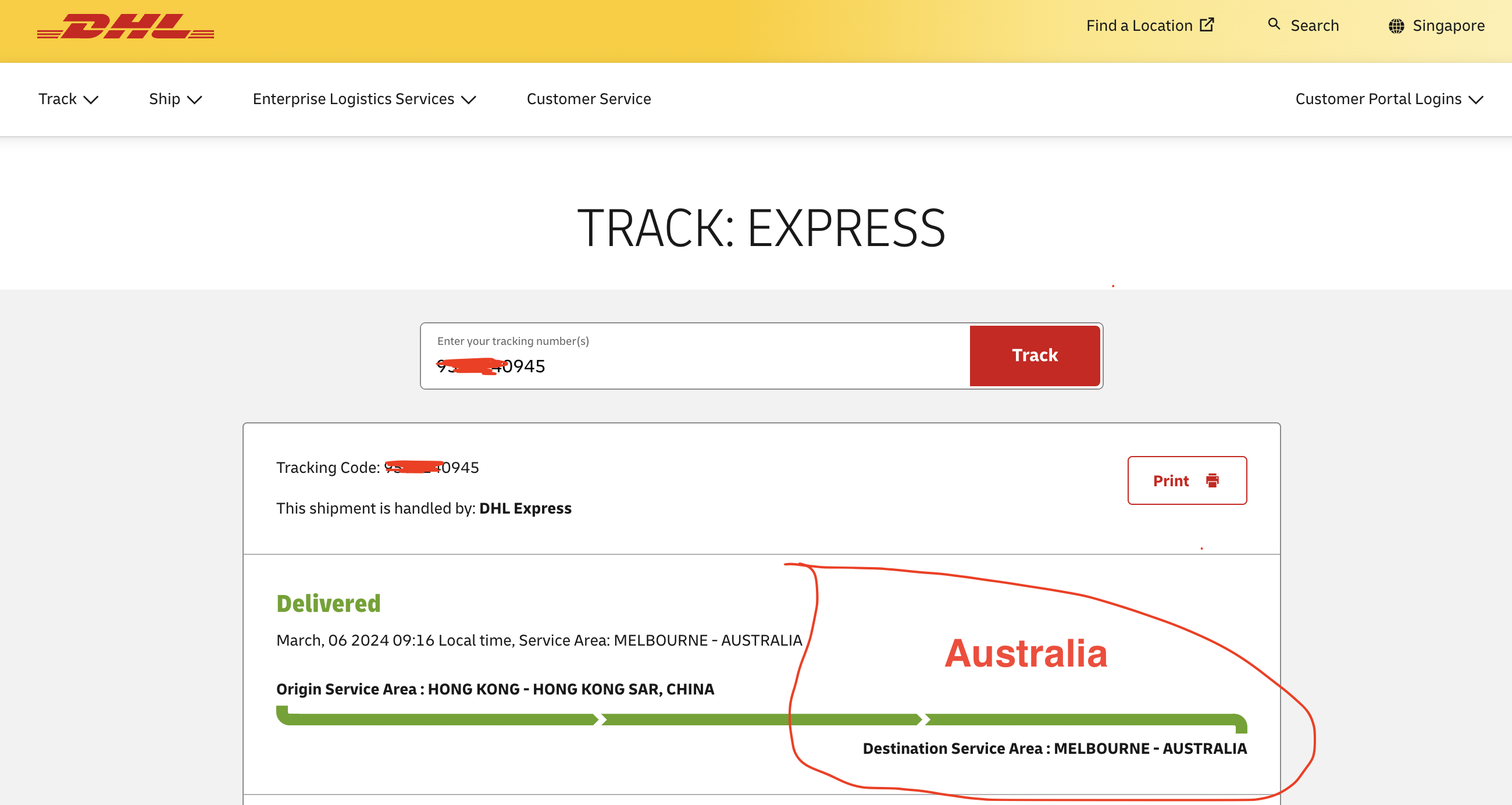How to Export Paper Bag
Exporting paper bags involves several steps to ensure a smooth and successful process. Here is a general outline of the steps involved in exporting paper bags:
1. Market Research: Conduct thorough market research to identify potential export markets for paper bags. Consider factors such as demand, competition, cultural preferences, and regulatory requirements in the target market.
2. Compliance and Regulations: Understand the import regulations and requirements of the target market. This includes product standards, labeling, certifications, documentation, and any specific customs procedures or restrictions. Ensure that your paper bags are compliant with the necessary regulations.
3. Product Adaptation: Assess whether any modifications or adaptations to your paper bags are needed to meet local market preferences or requirements. This can include customizing sizes, designs, or printing to suit specific customer demands.
4. Establish Contacts: Build a network of potential customers, distributors, or agents in the target market. Attend trade shows, industry events, or use online platforms to connect with potential buyers or partners interested in your paper bags.
5. Pricing and Quotation: Determine competitive pricing for your paper bags based on factors such as production costs, export costs, market demand, and competitors' prices. Prepare detailed quotations including pricing, packaging, shipping terms, and any additional services offered.
6. Logistics and Shipping: Arrange transportation and shipping of the paper bags to the destination country. Consider factors such as freight forwarding, packaging requirements, documentation, insurance, and customs clearance. It is advisable to work with experienced logistics providers or freight forwarders who have expertise in international shipping.
7. Documentation: Prepare and ensure all necessary export documentation is in order. This typically includes commercial invoices, packing lists, certificates of origin, bills of lading, export licenses (if required), and any additional documentation specific to the target market.
8. Payment Terms: Determine mutually agreed-upon payment terms with your customers or distributors. This can be through methods such as letters of credit, bank transfers, or other secure payment methods commonly used in international trade.
9. Quality Control: Implement a regular quality control process to ensure the paper bags meet your exact specifications and customer requirements. This can involve factory inspections, product testing, and compliance with quality management systems.
10. After-sales Support: Provide excellent after-sales support to your customers, including timely communication, addressing any concerns or requests, and facilitating efficient and reliable customer service.
As exporting paper bags involves complex international trade procedures, it is advisable to consult with export professionals, trade associations, or seek guidance from government export promotion agencies to ensure compliance with all legal requirements and smooth execution of the export process.





 WeChat QR
WeChat QR WhatsApp QR
WhatsApp QR








